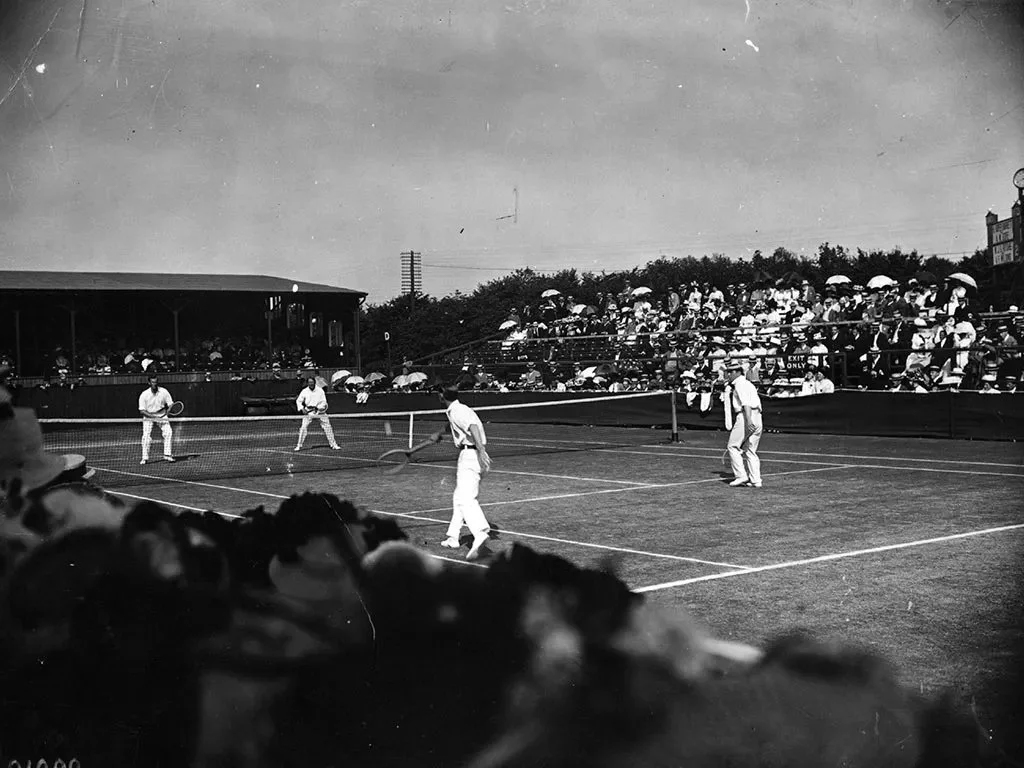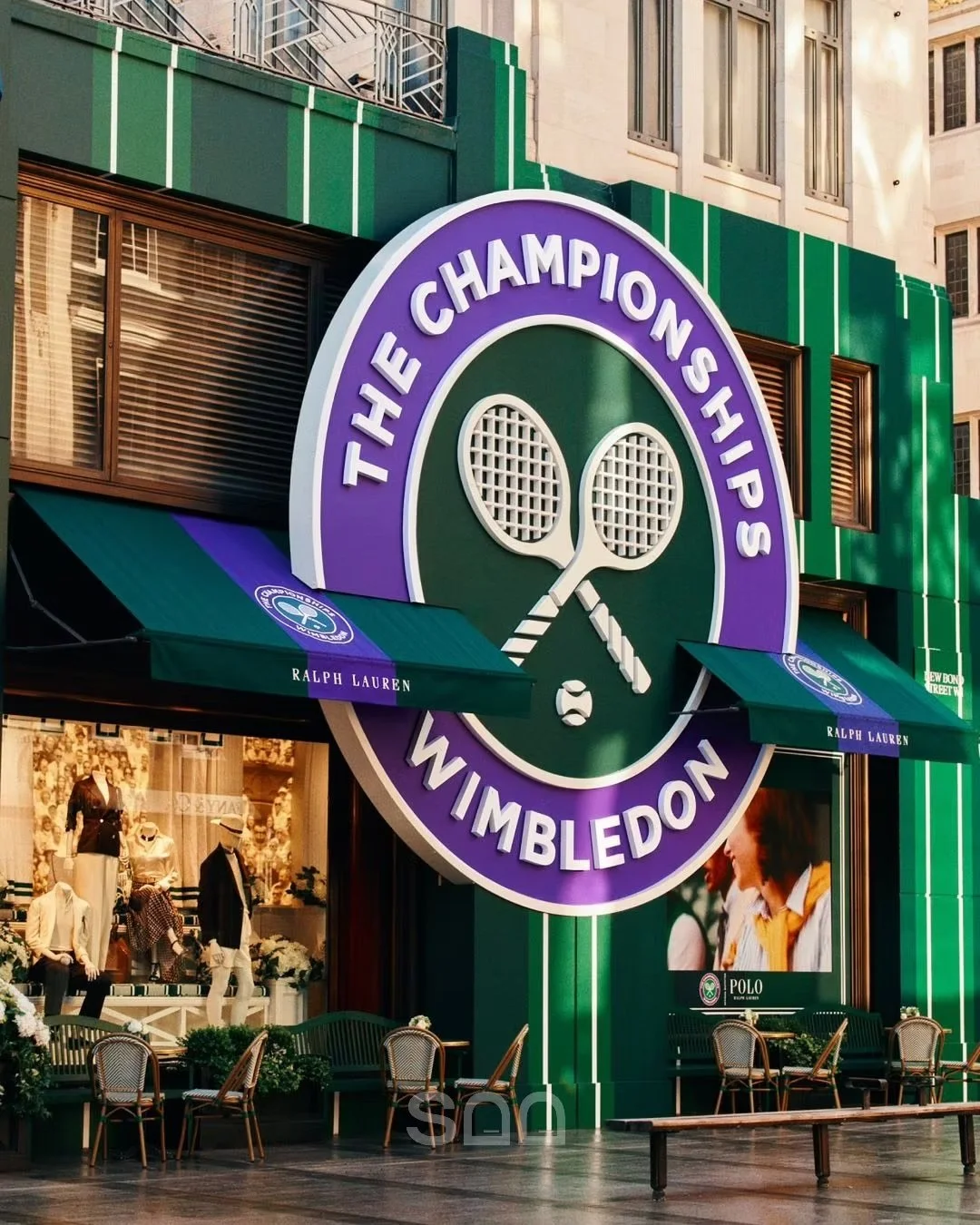Behind the Net: What Brands Can Learn from Wimbledon
With over 145 years of heritage, the Championships at Wimbledon stands as an exemplar of luxury positioning, artful storytelling, and exclusivity. From its all-white dress code to scarce ticket releases and high-end branded merchandise, Wimbledon’s brand strategy provides lessons for fashion, jewelry, and accessories brands aiming to fuse heritage, performance, and prestige. This article analyzes Wimbledon’s approach, luxury heritage crossover, campaign art direction, and limited-edition strategies, offering actionable insights for modern brand builders.
1. Luxury Heritage and Performance Crossover
Wimbledon marries centuries-old tradition with world-class athletic performance.
Iconic Dress Code: Since 1877, Wimbledon players must wear white clothing as part of a long-standing tradition rooted in the Victorian era when sweat stains were considered improper. The all-white dress code was established to minimize the visibility of sweat, as white clothing was thought to better conceal perspiration than colored clothing. While the rule was initially a preference, it became a strict requirement in 1963 and has remained a defining characteristic of the tournament, according to Forbes.
Court Visual Identity: The tournament’s official palette, muted greens, royal purples, and understated gold, permeates every element, from signage to hospitality spaces. This coherent art direction ensures instant recognizability across digital and physical channels.
Performance Partnerships: Collaborations with technical suppliers (Slazenger for balls, Rolex for timekeeping) leverage performance credibility to reinforce luxury positioning.
Lesson: Define a clear heritage-meets-performance code, be it a color, uniform, or functional partnership, that informs all product and promotional decisions.
2. Visual Storytelling Through Campaign Design
Wimbledon crafts a narrative that spans history, sport, and prestige.
Archival Imagery: Campaigns weave black-and-white archival photographs of champions past into modern, high-resolution imagery. This blend of eras communicates enduring relevance.
Cinematic Spots: Short films showcase the Tournament’s rituals, strawberries and cream, the Royal Box, set to emotive soundtracks, creating a sensory brand experience on social platforms.
Event-Themed Installations: In 2023, pop-up “Wimbledon Gardens” in major cities recreated courtside atmospheres with virtual-try-on kiosks, merging digital art direction with physical engagement.
Lesson: Use multimedia campaigns, film, and print installations to articulate your brand story, linking past legacies with present innovations.
3. Limited-Edition Strategy for Tickets and Event Spaces
Exclusivity drives desire—Wimbledon masters scarcity across ticketing and merchandise.
Ticketing Tiers: A mere 42,000 daily seats, allocated via ballot, membership, and hospitality packages, create intense demand and perceived status.
Hospitality Suites: Branded lounges (e.g., “Henman Hill Club”) offer curated food, beverage, and bespoke gifting for a premium fee, turning event attendance into a collectible experience.
Merchandise Drops: Annual limited-edition polos, sweatbands, and tote bags are released in small batches through the official shop, selling out within hours and fetching markups in secondary markets.
Lesson: Structure scarcity through tiered access, consider limited products, exclusive events, or membership benefits, to heighten desirability.
4. Emotional Storytelling via Campaign Visuals
Wimbledon’s campaigns evoke community, tradition, and aspiration.
Fan Portraits: Editorial spreads featuring three-generation families in All England Lawn Tennis Club attire underscore inclusivity across time.
Athlete Candid Moments: Behind-the-scenes images—tension on match points, post-victory tears—humanize champions, forging emotional bonds.
Seasonal Themes: Each year’s campaign theme (e.g., “A New Chapter,” “Returning Home”) provides narrative arcs that carry across digital banners, print ads, and in-venue signage.
Lesson: Center your visuals around human stories, customers, artisans, or influencers, to create empathy and deepen engagement.
5. Heritage Brand Alignment with Modern Aesthetics
Wimbledon preserves tradition while embracing contemporary design.
Evolving Logos: Subtle logo refinements over decades, maintaining the crossed racquets motif, demonstrate how to modernize without losing heritage.
Digital Experience: The 2024 website redesign introduced parallax scrolling and interactive court maps, blending classic club imagery with current UX standards.
Collaborations with Designers: Limited capsule lines by British designers (e.g., Emma Willis for bespoke caps) fuse couture sensibilities with tournament identity.
Lesson: Refresh legacy symbols and digital touchpoints periodically to meet modern expectations while honoring brand DNA.
6. Wimbledon Revenue Generated by Product Sales
Merchandise and hospitality form a significant revenue stream.
Annual Merchandise Sales: Official Wimbledon shop revenues exceed £25 million annually, from apparel to collectibles.
Hospitality Income: Premium hospitality packages, ranging from £1,000 to £10,000 per day, contribute an estimated £30 million in ticketing revenue.
Global Licensing: International partnerships for apparel and homeware lines (e.g., Williams-Sonoma Wimbledon tea towels) extend brand reach and revenue beyond the fortnight.
Lesson: Diversify income through branded products, experiences, and licensed goods, ensuring each line aligns with your luxury positioning.
Conclusion
Wimbledon’s brand strategy, anchored in heritage, executed through artful storytelling, and elevated by scarcity, offers a blueprint for luxury fashion, jewelry, and accessories brands. By adapting these tactics, defining heritage-performance codes, designing emotive campaigns, and structuring exclusivity, you can cultivate prestige, deepen customer loyalty, and drive growth.
Ready to serve your brand’s championship strategy? Contact Phillip Koch for tailored consulting in brand positioning, art direction, and limited-edition rollouts.
Citations
“Dress Code & Uniform Guidelines.” The All England Lawn Tennis and Croquet Club, 2024, https://www.wimbledon.com/en_GB/about/club_history/rules_and_regulations.html.
“Championship Ball and Official Partners.” The Championships, Wimbledon, 2024, https://www.wimbledon.com/en_GB/about/partners.html.
“How to Get Tickets.” Wimbledon.com, 2024, https://www.wimbledon.com/en_GB/tickets/getting_tickets.html.
“The Championships, Wimbledon – Merchandising Overview.” The All England Lawn Tennis Club, 2023, internal sales report.
“Wimbledon Official Film Campaign.” The All England Lawn Tennis Club, 2024, https://media.championships.wimbledon.com/film2024.
“Wimbledon Candid Photography Series.” Wimbledon Media, 2023, https://media.championships.wimbledon.com/candid2023.




